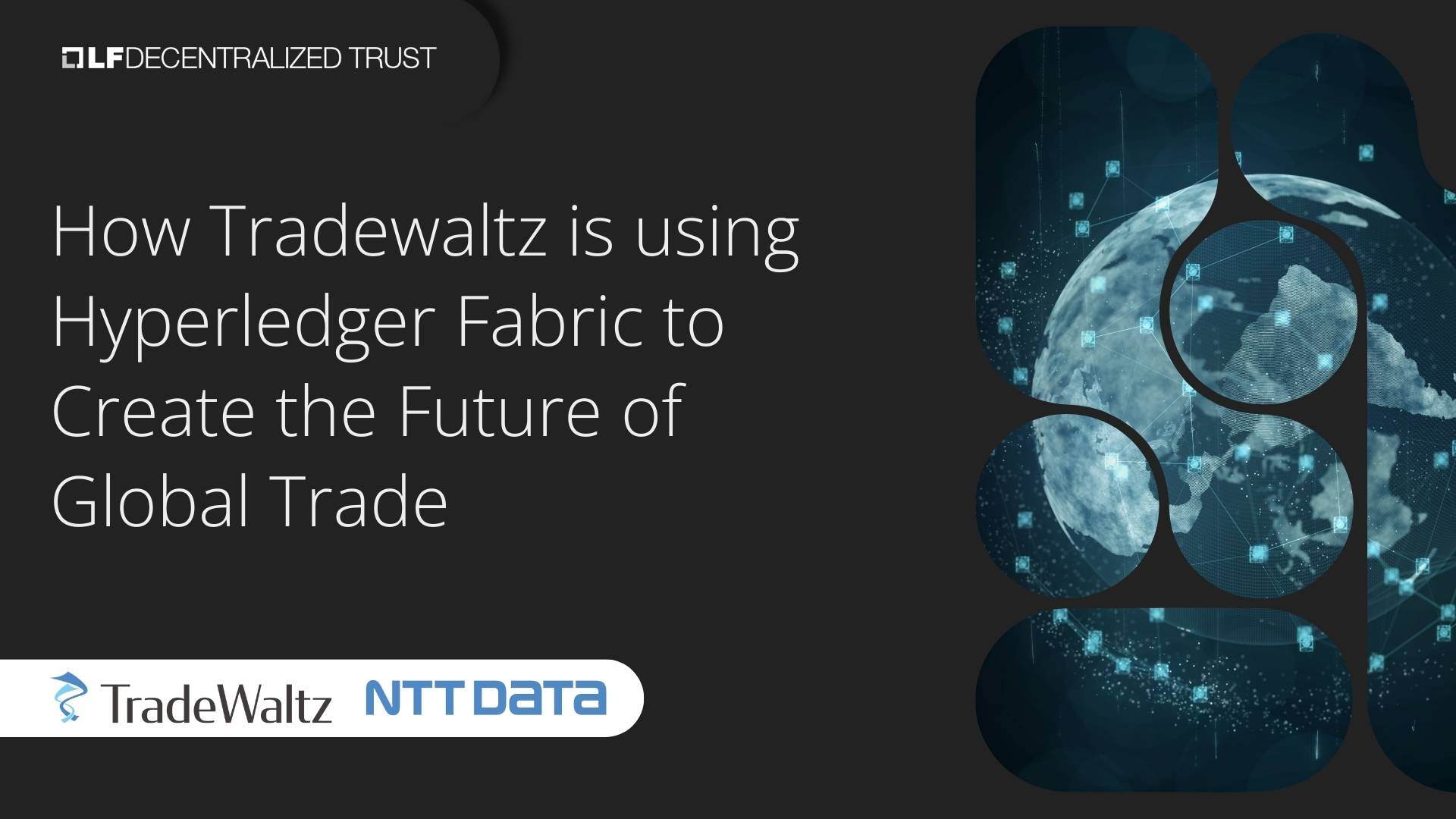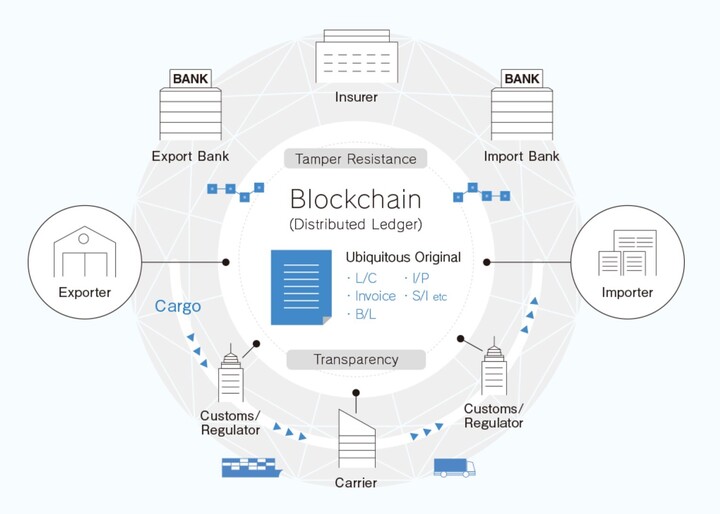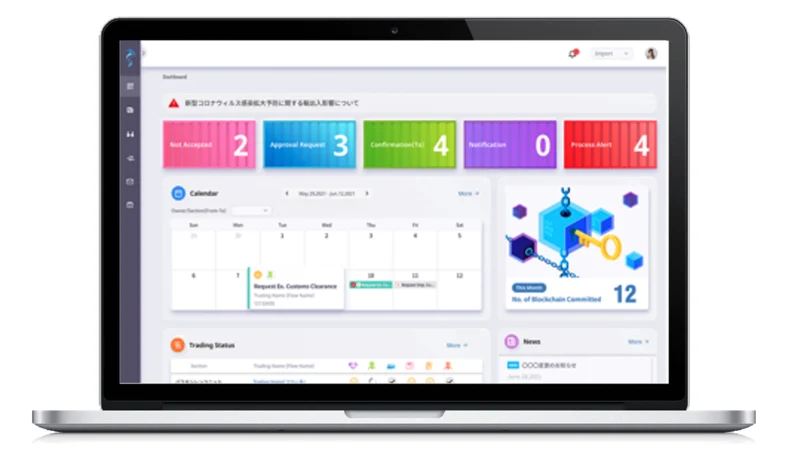How Tradewaltz is using Hyperledger Fabric to Create the Future of Global Trade

TradeWaltz:
Goals
Approach
Results
Summary
Defining the Risks and Costs of Maintaining Analog Systems
Forming Consortium of Japanese Trade Partners for Pilot Projects
“Timing is everything. [When COVID-19 struck] TradeWaltz was ready to launch.
Partnering with NTT Data to Design TradeWaltz Platform Using Hyperledger Fabric

Rolling Out the Solution to Initial Consortium
“The data show that cross-industry communication of users has become 47% more efficient in production use.”
What’s Next/Future Steps
“In Japan, there is a term called ‘On-okuri.’ It is a concept that when you receive a favor from someone, you send that favor to the next generation.”
For the next generation, that favor may return in the form of resilient supply chains and a more robust trade ecosystem. In the TradeWaltz vision of the future of trade, disruption will be a bygone memory of the analog era.

About NTT Data
About Tradewaltz
TradeWaltz, Inc. is an industry-government-academia All Japan trade DX startup jointly owned and operated by sixteen large companies, including NTT DATA and Toyota Tsusho Corporation. The company offers TradeWaltz®, a cross-industry trade-information collaboration platform that utilizes NTT DATA’s patented blockchain technology to increase the operational efficiency of trade practitioners by over 47%, enable remote work, and promote business visualization. To learn more, visit tradewaltz.com/en.
About Hyperledger
Hyperledger is an open source effort created to advance cross-industry blockchain technologies. It is a global collaboration including leaders in banking, finance, Internet of Things, manufacturing, supply chains, and technology. The Linux Foundation, the nonprofit organization enabling mass innovation through open source, hosts Hyperledger. The Linux Foundation also enables a worldwide developer community to work together and share ideas, infrastructure, and code. To learn more, visit https://www.hyperledger.org/
